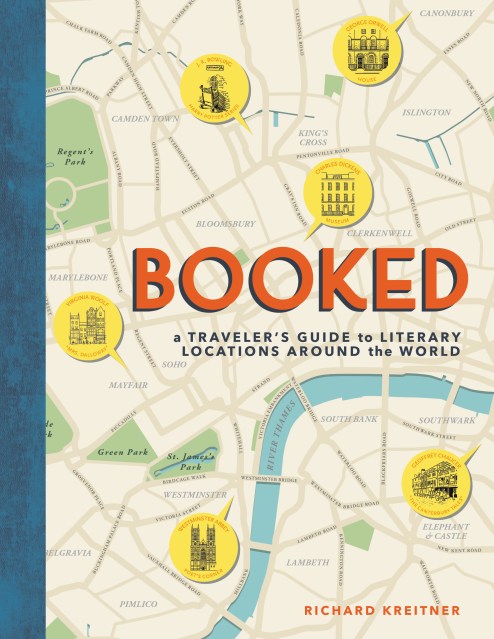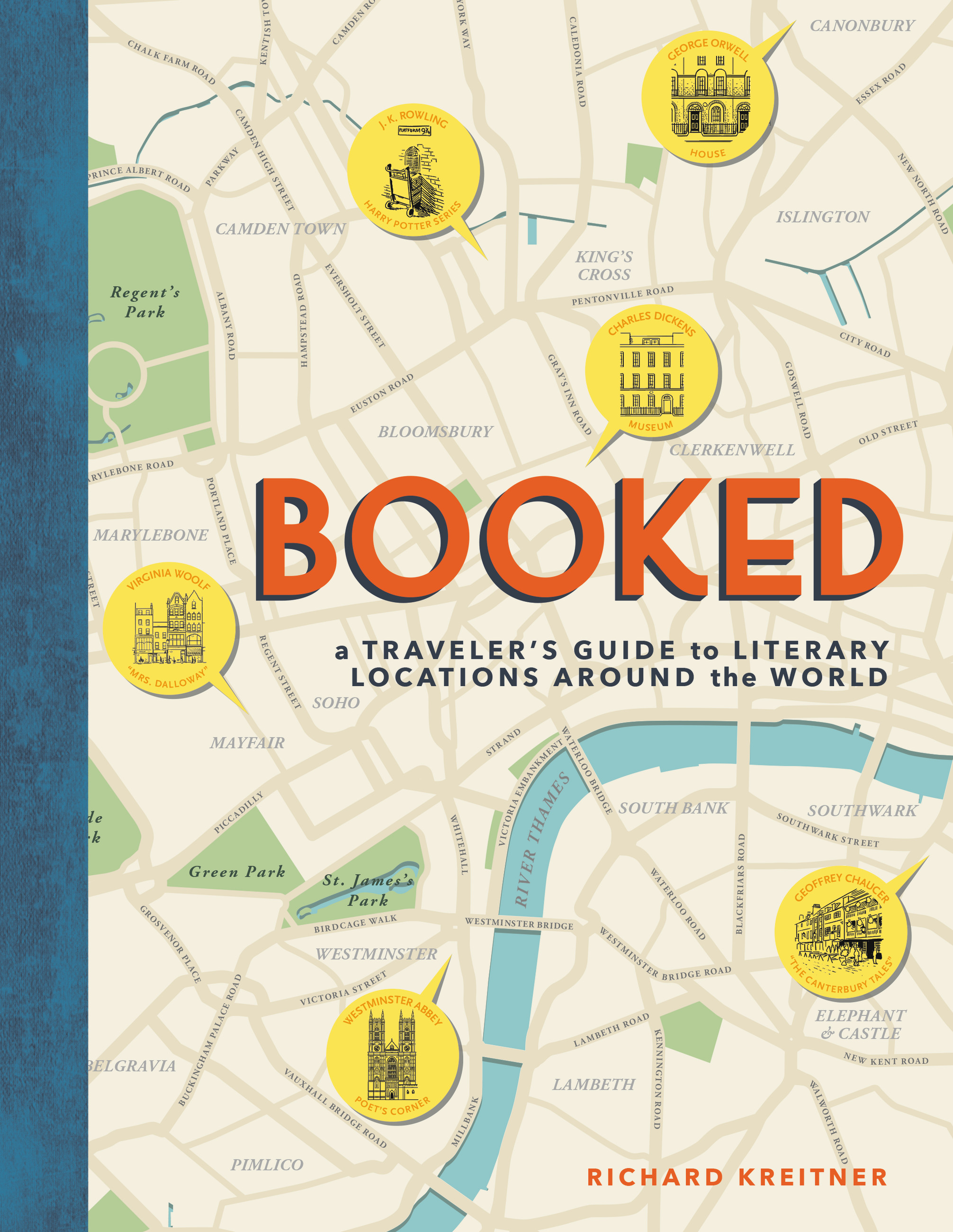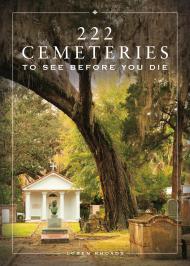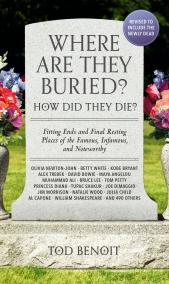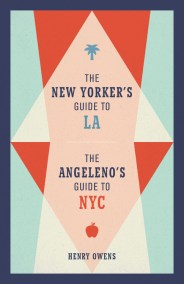Promotion
25% off sitewide. Make sure to order by 11:59am, 12/12 for holiday delivery! Code BEST25 automatically applied at checkout!
By clicking “Accept,” you agree to the use of cookies and similar technologies on your device as set forth in our Cookie Policy and our Privacy Policy. Please note that certain cookies are essential for this website to function properly and do not require user consent to be deployed.
Booked
A Traveler's Guide to Literary Locations Around the World
Contributors
Formats and Prices
- On Sale
- Apr 23, 2019
- Page Count
- 240 pages
- Publisher
- Black Dog & Leventhal
- ISBN-13
- 9780316420877
Price
$29.99Price
$38.99 CADFormat
Format:
- Hardcover $29.99 $38.99 CAD
- ebook $15.99 $20.99 CAD
This item is a preorder. Your payment method will be charged immediately, and the product is expected to ship on or around April 23, 2019. This date is subject to change due to shipping delays beyond our control.
Buy from Other Retailers:
Genre:
-
"For some readers, the printed page isn't enough. With this book, they can continue the story by going to the source, whether than means Forks, Washington (Twilight), Segovia, Spain (For Whom the Bell Tolls) or London (White Teeth)."The Washington Post, 2019 Holiday Gift Guide
-
"Literary sites to be added to any reader's itinerary, including Thoreau's Massachusetts cabin, the Monroeville County Courthouse where Atticus Finch made his case for the defense, and the Mexico City cafe that inspired Robert Bolaño."The New York Times, 2019 Holiday Gift Guide
-
"If you like exploring real places related to literature, this book is a good place to start."GeekDad
-
"Booked provides full-color photographs of 80 famous literary locations, including To Kill a Mockingbird's courthouse in Monroeville, Ala.; the inspiration for Pride and Prejudice's Pemberley; and Memoirs of a Geisha's Kyoto Bridge."Publishers Weekly, Spring Announcements feature
-
"[Booked] will whet your appetite to visit the places you have read about. With color photos and engaging descriptions of Sinclair Lewis' Main Street, Jame Joyce's Dublin, Basho's Japan and scores of other places, Booked will inspire you to put down your book and head into the world."The Star Tribune
Newsletter Signup
By clicking ‘Sign Up,’ I acknowledge that I have read and agree to Hachette Book Group’s Privacy Policy and Terms of Use
